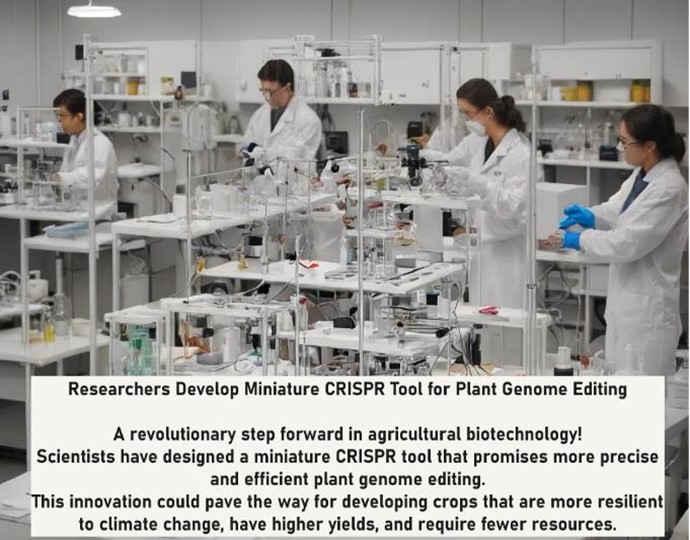PREVIOUS
Miniature CRISPR Tool
August 30 , 2024
86 days
138
0
- Using the gene-editing tool CRISPR, scientists can precisely edit genomes to introduce desirable genetic traits or remove undesirable ones.
- However, there has been a critical obstacle: a commonly used form of the CRISPR system is too big for plant genomes.
- This system uses one of two proteins, Cas9 or Cas12, to target specific parts of the DNA.
- But they are too bulky for plant cells to accommodate.
- Researchers recently presented an alternative that could solve this major problem in plant genome editing.
- They developed a plant genome editor consisting of a protein called ISDra2TnpB, derived from bacteria called Deinococcus radiodurans.
- ISDra2TnpB is less than half the size of Cas9 and Cas12.

Leave a Reply
Your Comment is awaiting moderation.


